Forehead Acne Causes & Treatments

Forehead acne getting in the way of your clear, baby smooth complexion? We’ve been there. By knowing what causes forehead acne and how to get rid of it, clear skin can still be in your future.
What Causes Forehead Acne?
If you’re wondering “What causes forehead acne?”, you’ve likely heard of face mapping. Face mapping is based in traditional Chinese medicine and involves the relationship between internal issues and the location of your breakouts. While there are debates on the claims of face mapping, the location of breakouts can help you determine their cause. The main forehead acne causes are hormones, excess oil, and touching your face.
Cause #1: Excess Oil
Sebaceous glands are tiny glands located below of the surface of the skin that produce an oily, waxy substance called sebum. These glands are found all over the body, but they’re highly concentrated on the mid-back, forehead, and chin, which is why the forehead is one of the most common areas for breakouts. To many people, sebum is a nuisance but it does play a key role in skin health. Sebum protects skin from external factors, helps maintain skin’s suppleness and softness, and prevents skin dehydration by reducing water loss. However, excess oil can cause some problems, most notably, acne. This oil can mix with dead skin cells already lingering on the skin’s surface, clogging and trapping bacteria inside pores, resulting in breakouts.
Cause #2: Hormones
You may be wondering, “Can forehead acne be hormonal?” Yes, it can! Acne located along the jawline is often linked to hormones, but forehead acne can be caused by hormones, too. During puberty, hormone levels change, which signals the sebaceous glands to produce more oil and causing more breakouts as previously mentioned. But while acne occurs most often during these formative years, acne can also affect people in adulthood.
Aside from puberty, forehead acne can also be triggered by stress hormones. When you’re under stress, your body releases stress hormones, which then causes the sebaceous glands to increase sebum production. You can probably guess what happens next -- this excess oil can cause a breakout or worsen existing ones. If you notice that your breakouts tend to appear at times when you’re feeling stressed, that may be a sign that they are stress-related.
Cause #3: Touching Your Face
If you tend to touch your face a lot or frequently brush hair away from your face, this seemingly insignificant habit may be the cause of your forehead acne. Our hands come in contact with many things throughout the day and by touching your face, you’re transferring acne-causing gunk to your skin.
How to Get Rid of Forehead Acne
Now that we’ve reviewed the three main forehead acne causes, let’s move on to how to treat it. Forehead acne treatment comes in several different forms, but we’ll share our top three ingredients to choose from.
Treatment #1: Salicylic Acid
Salicylic acid is a beta-hydroxy acid and chemical exfoliant that helps reduce the appearance of fine lines, improve skin tone and texture, and gently remove dead skin cells to reveal smoother skin. It also penetrates deep within pores to clear them of dirt, oil, and bacteria. Compared to alpha-hydroxy acids like glycolic acid, salicylic acid and other BHAs are much gentler on the skin, making them a great choice for those with sensitive skin. However, to help avoid potential irritation, it’s best to always patch test any new products. Different people have different triggers for reactions so patch testing helps determine if a product will cause irritation.
Interested in adding salicylic acid for acne to your routine? Try it in a vegan acne treatment gel such as Treat, which can be found in our 3-step Clear Skin Routine. Treat contains 2% salicylic acid, which is the highest allowable percentage of this ingredient, so use it sparingly. Start with a pea-sized amount and gently tap over any problem areas. Less is more!
Complexion Perfection
Reduce breakouts and prevent future ones with this powerful, yet gentle exfoliating gel.
Bye Bye BreakoutsTreatment #2: Silver
Silver has been used in skincare for centuries for its antiseptic, antimicrobial, and anti-inflammatory properties. This powerful ingredient is especially useful for those with acne-prone skin because it breaks down the cell walls of bacteria, killing it before it has a chance to reproduce.
Silver can be incorporated into your daily routine in different ways. Silvon offers bedding made with silver-coated fibers to prevent bacterial growth so you can snooze knowing that your sheets aren’t contributing to your breakouts. Silver can also be found in our Pore Purifier Clarifying Masque, which is a clay masque designed to help purify and refine pores as well as battle blemishes and redness. This masque can be used on the entire face or you can use it on problem areas when multi-masking.
Clogged or Congested Pores?
A transformative pore purifying masque for a refreshed, tighter, toned appearance.
Get RefreshedTreatment #3: Green Tea
Green tea has been shown to help lower cholesterol and improve blood flow, plus it’s packed with antioxidants that help fight free radicals. In addition to its health benefits, green tea can also help alleviate breakouts, reduce inflammation, and soothe skin. Green tea extract contains epigallocatechin-3-gallate (EGCG), a polyphenol known to help reduce sebum production, thereby reducing breakouts.
Treatment #4: Tea Tree
When searching for tips and tricks on how to get rid of forehead acne, tea tree is often listed as a top ingredient. Tea tree extract is known for its anti-microbial and anti-septic properties, making it quite useful for topical acne treatments, although it’s also known for treating minor cuts, burns, athlete’s foot, and mild fungal infections. It’s important to keep in mind that pure tea tree extract can cause skin irritation if not used properly. Tea tree extract should be diluted and used only in certain concentrations.
11 Tips on How to Prevent Forehead Acne
When it comes to acne, you don’t just want to treat the breakouts you currently have -- you want to avoid them altogether. The good news is that many of these tips for healthy skin involve things that easily transfer dirt and oil to your skin, which means all you need to do is make a few small changes to get you closer to achieving a healthy, clear complexion. Prevent acne with the help of these tips:
Tip #1: Always Wash Your Face
There’s a reason why this is the first tip on the list: keeping your skin clean is a crucial part in fighting and preventing not just forehead acne, but everywhere else on your face. The best time to wash your face is right before bed so that you can get rid of any makeup, dirt, sweat, and oil that accumulated on your skin throughout the day.
Use a gentle cleanser every night before going to sleep. If your skin is particularly acne-prone or oily, you may want to consider washing your face in the morning, too. However, keep a close eye on how your skin reacts to being washed twice a day and adjust the frequency if you start to experience any dryness or irritation. Wash your face gently, being careful not to rub too harshly or tug on the skin, which can cause irritation. Be sure to also use lukewarm water, not too warm or hot, to avoid stripping your skin of its natural oils.
Tip #2: Wash Your Pillowcases
Your skincare routine can only take you so far. Daily cleansing will help wash away any impurities that were lingering on your skin, but if you lay your face on a dirty pillow every night, breakouts can still pop up. Pillowcases collect dust, oil, and bacteria from your hair, your skin, and the environment. This build-up is quickly transferred to your skin when you lay your head on your pillow, which can then clog your pores and cause breakouts. Keep that gunk off your face by washing your pillowcases every 2-3 days or switching them out on a regular basis.
Try pillowcases from Silvon, which are designed with skincare in mind. These pillowcases are woven with 100% pure, natural silver threads to help fight and prevent acne by naturally eliminating acne-causing bacteria.
Tip #3: Exfoliate, But Don’t Overdo It
As we’ve already discussed, sebum and dead skin cells can clog pores and cause breakouts. Fight existing breakouts and prevent new ones from forming by introducing a vegan exfoliator to your skincare routine. Exfoliating on a regular basis will also help support an even skin tone and texture.
There are two main types of exfoliants: chemical and physical. Chemical exfoliants refer to the use of chemical ingredients like salicylic acid to help remove dead skin cells, while physical exfoliants involve the use of tools like brushes and scrubs to manually rub off the dead skin cells. Consider your skin type when choosing an exfoliation method and when deciding on your exfolation frequency. Overexfoliation can lead to skin irritation, so be sure to follow safe exfoliation practices.
Tip #4: Moisturize
If you have oily skin, you may think your skincare routine doesn’t need moisturizer. Oily skin needs to be dried out, right? Wrong! All skin types, even oily skin, need to be moisturized on a daily basis. Drying out your skin will only cause your skin to overproduce oil to compensate, meaning your skin will just get more oily, and you definitely don’t want that. Instead, keep your skin properly moisturized to help keep oil production under control.
When choosing a moisturizer to add to your routine, make sure it’s non-comedogenic so it won’t clog your pores. Look for one that’s lightweight such as our Hydrate Skin Smoothie, made with argan, olive, and Floralux from chlorophyll. Hydrate is perfect for oily to normal skin and doesn’t leave the skin feeling oily or greasy.
To simplify your skincare and makeup routine, add in Primed & Ready, which is a 2-in-1 deeply hydrating primer that doubles as an everyday moisturizer. It's designed to help hydrate skin, blur pores and imperfections, prep your skin for flawless makeup application, and extend the wear of your makeup to lock in your look all day (or night) long.
Get Ready for Your Close-up
This 2-in-1 primer locks in your makeup and keeps your skin hydrated all day. Go ahead and snap a selfie -- no filter needed.
Get PrimedTip #5: Keep Your Hair Off Your Face
If you have bangs or if your hair gets in your face frequently, it may be causing your forehead acne. If your hair also tends to get oily quickly, wash it often to help keep it free from oil and dirt that can transfer to your skin.
Tip #6: Stop Touching Your Face
Your fingers accumulate dirt, oil, and bacteria throughout the day, and if you don’t consistently keep them clean, then you’re spreading that gunk to your skin every time you touch your face. This may be a tough habit to break, but think about how much your complexion will benefit.
Tip #7: Keep Your Makeup Brushes Clean
We totally get it if you want to cover up your breakouts with makeup, but be sure to prevent worsening your breakouts by following makeup tips for acne-prone skin. One of the easiest tips to follow? Keep your brushes clean! Makeup brushes and other applicators are breeding grounds for bacteria so clean them regularly to minimize your risk of developing a breakout, and never share your brushes with others.
You’ll also want to choose your makeup products carefully. Check product labels and make sure they’re oil-free or non-comedogenic.
Tip #8: Rethink Your Hair Products
If you use any hair gels, waxes, sprays, or other products, it may be contributing to your forehead acne. Take a look at the ingredient labels of any hair products you use - if it contains any artificial fragrances or pore-clogging ingredients, you may want to swap it for a fragrance-free, non-comedogenic option. Be sure to also rinse your hair thoroughly in the shower so that your shampoo and conditioner isn’t to blame.
Tip #9: Clean Up After Your Workout
Exercise is definitely good for the body, but what about your skin? If you aren’t practicing good hygiene post-workout, your skin may take the fall. Think about all the shared gym equipment you touch that have also been touched by every person before you. Gross, right? Prevent acne by washing your hands and face after exercising. If you go to the gym, try carrying hand sanitizer and face wash in your gym bag so you can quickly wash up right after finishing your workout.
Tip #10: Be Mindful of Hair Accessories
Anything that rubs or touches your skin can potentially trigger a breakout, and that includes hair accessories like hats, tight-fitting caps, or headbands. If possible, avoid wearing these if you have acne-prone skin, or wash them after every use at the very least.
Tip #11: Don’t Pop ‘Em
Whatever you do, don’t pop your pimples! Popping or picking at breakouts pushes oil, dirt, and bacteria further into the pores and can cause an infection or new breakouts. It can also further irritate the skin and potentially cause damage, requiring more time to heal. Reduce your risk of developing acne scars by simply applying topical acne treatments and keeping your hands off your face.

Abby Vinas
Abby Vinas has long been an active member of the holistic health community, advocating in favor of its benefits to both our physical and emotional well-being. Her commitment to leading a healthy lifestyle has made her an authority on self-care practices. Abby is passionate about fitness, nutrition, and proper skincare, and is also an avid lover of avocado toast and dog-petting.
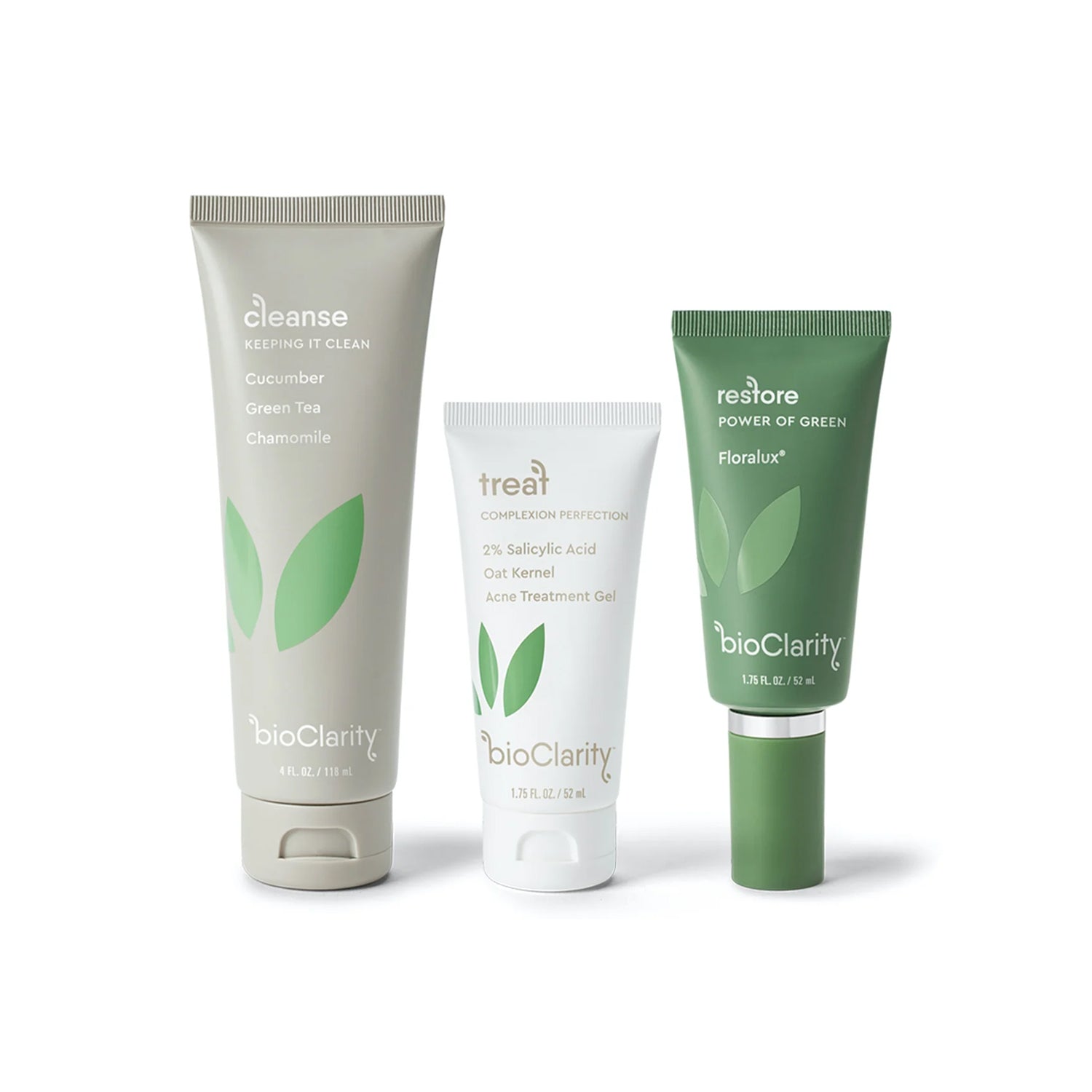
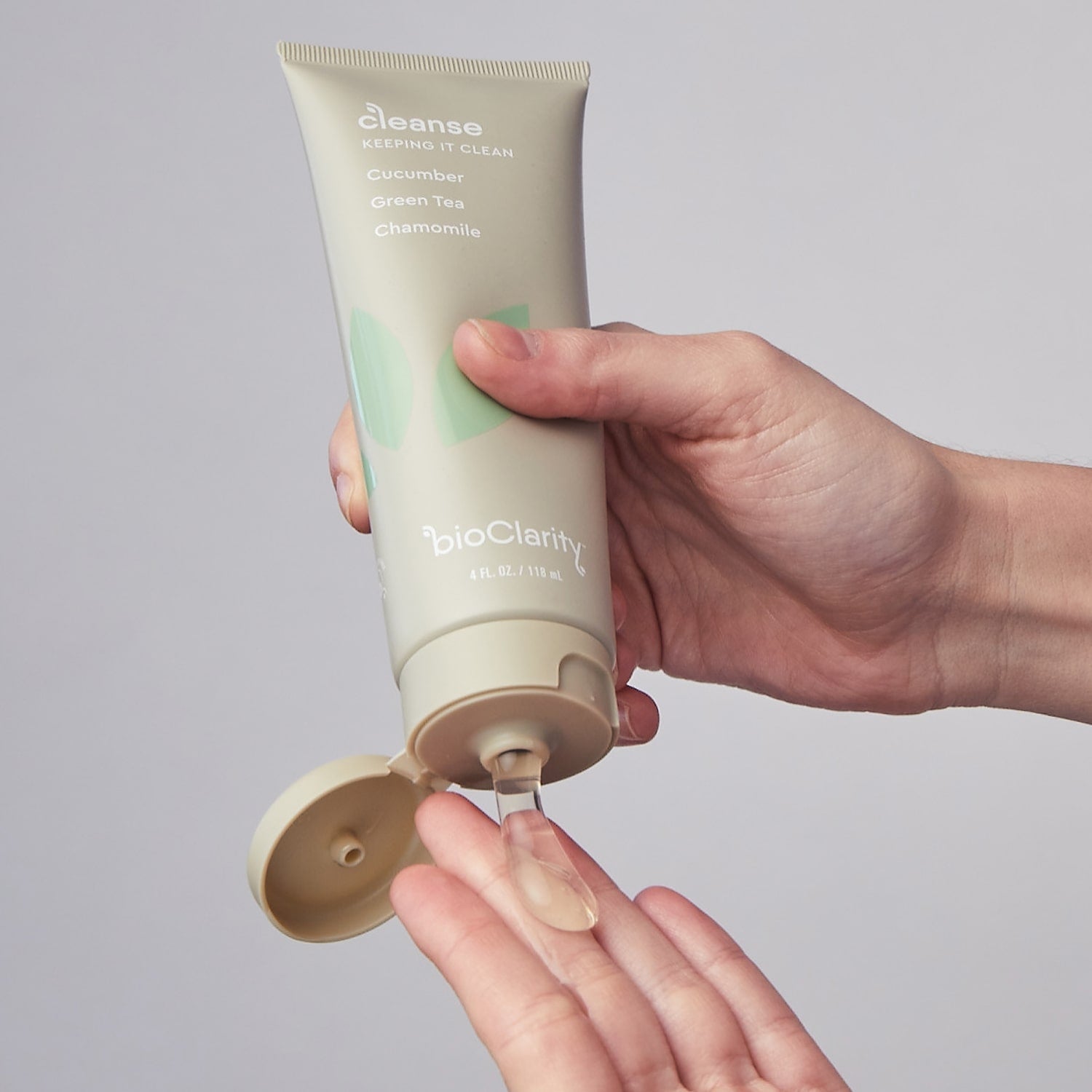
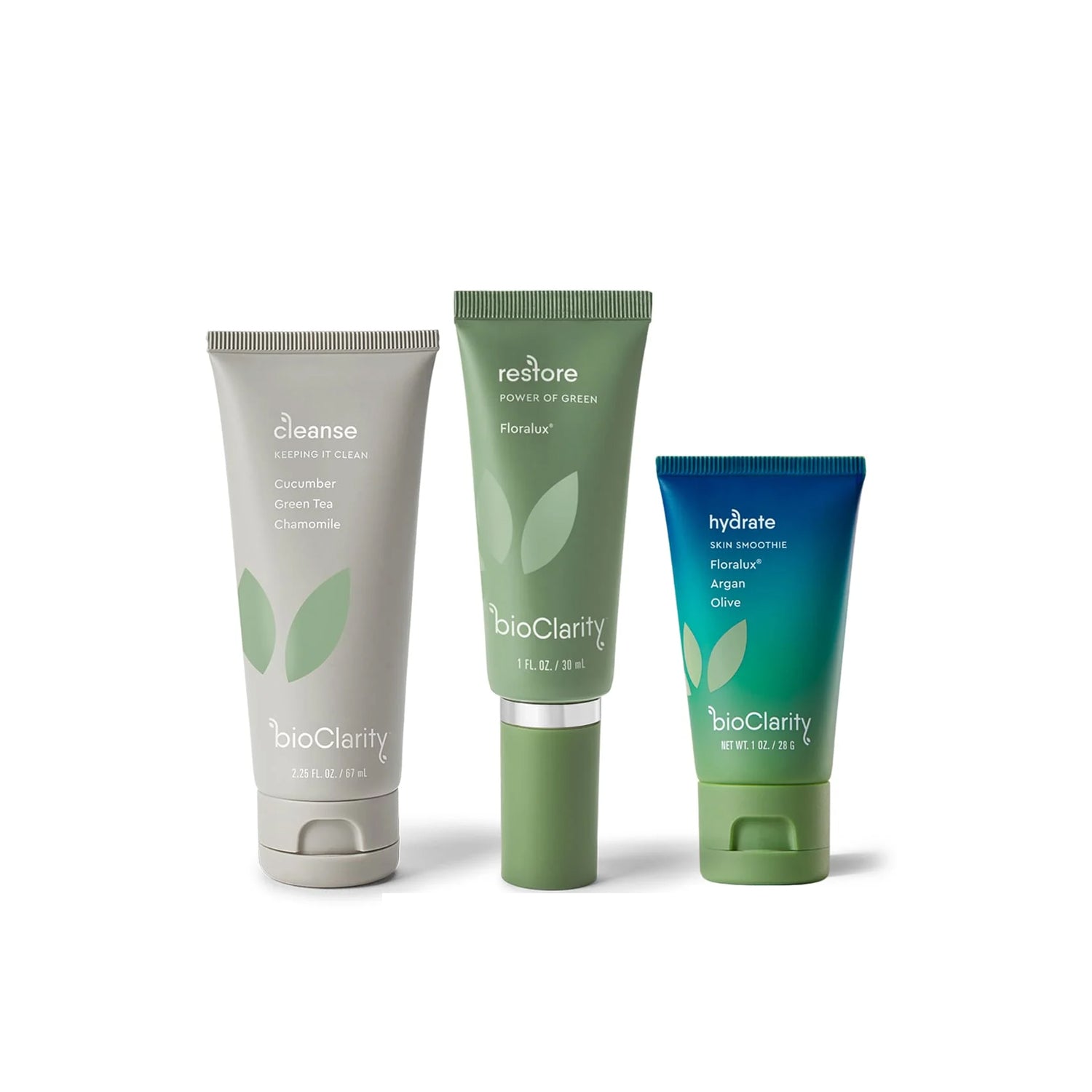
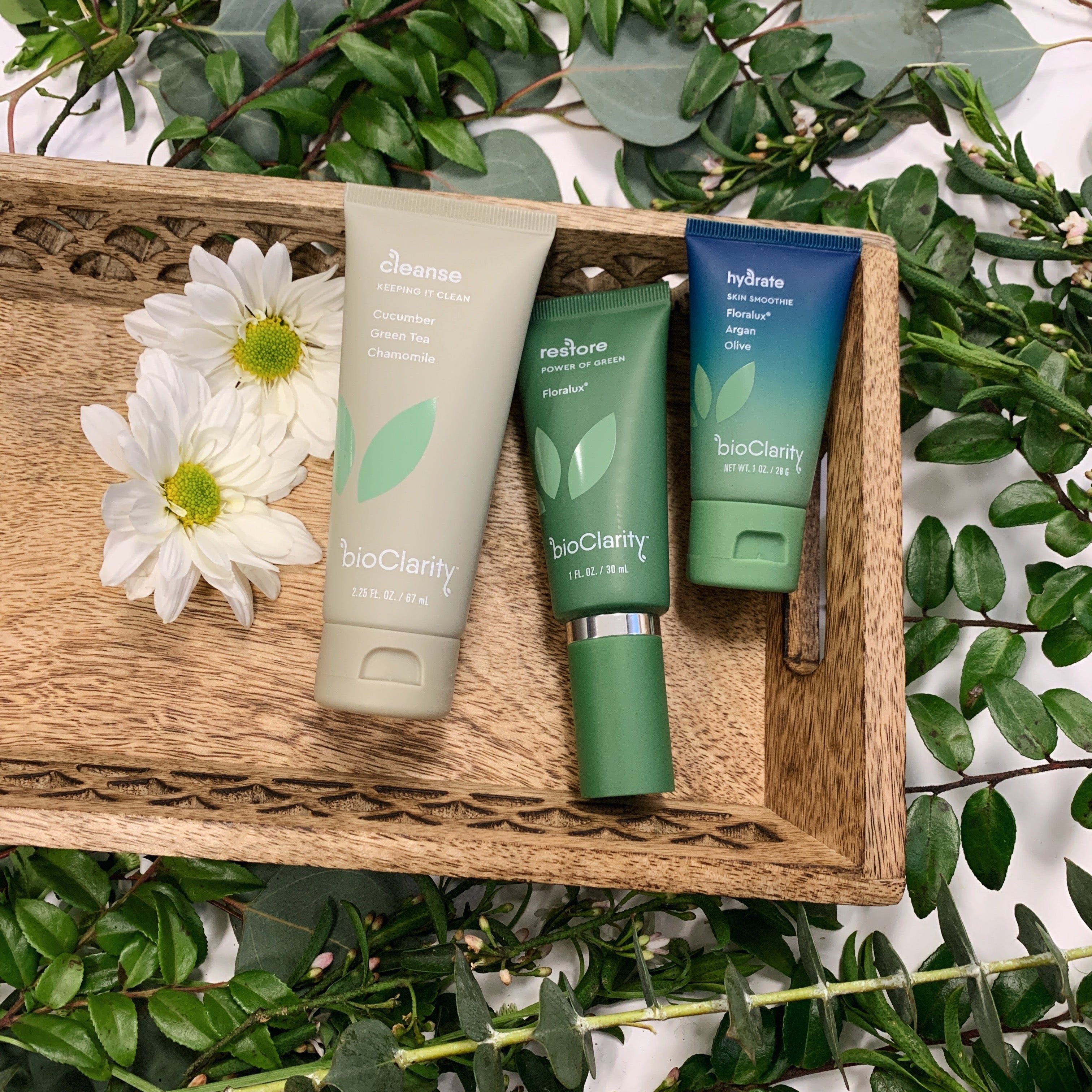
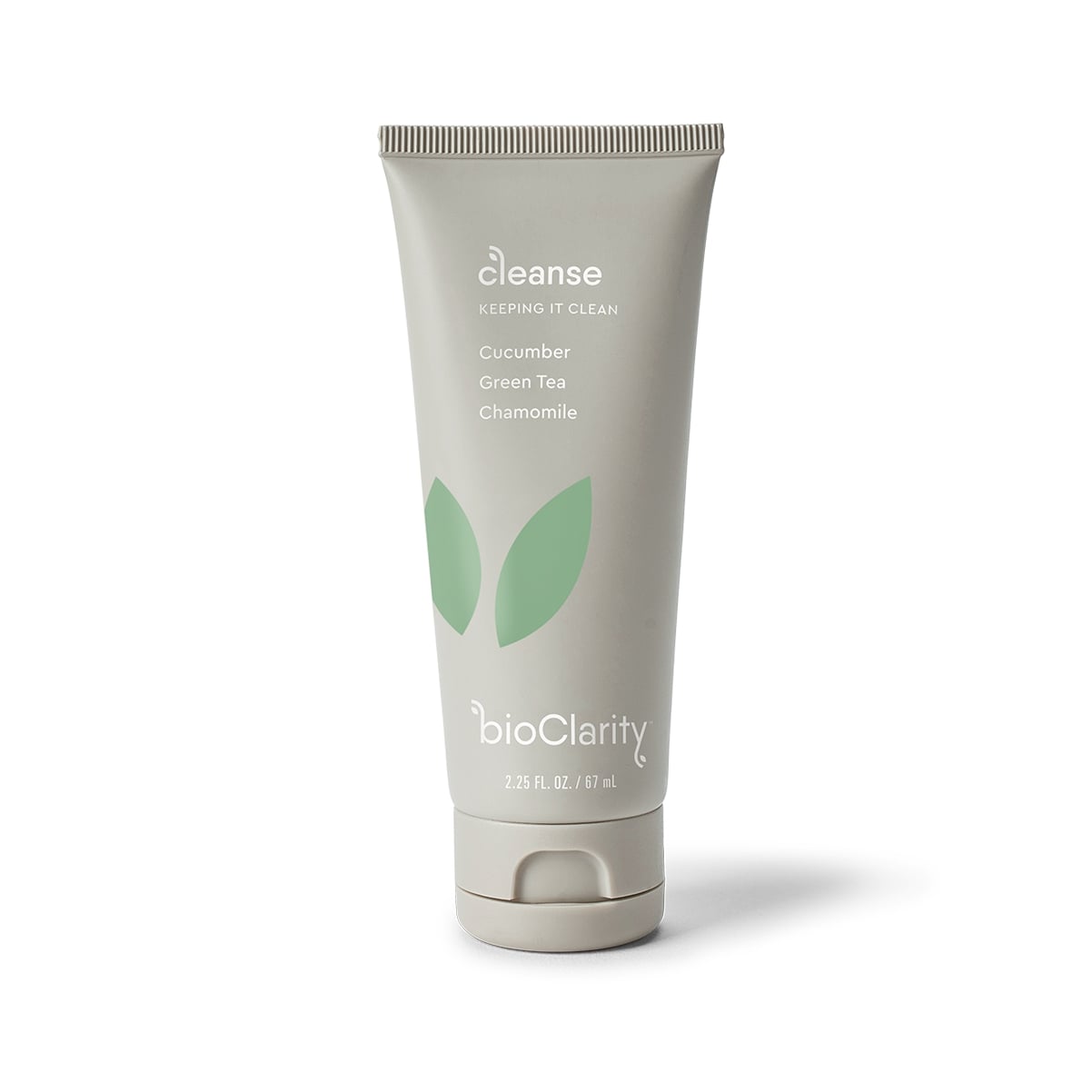
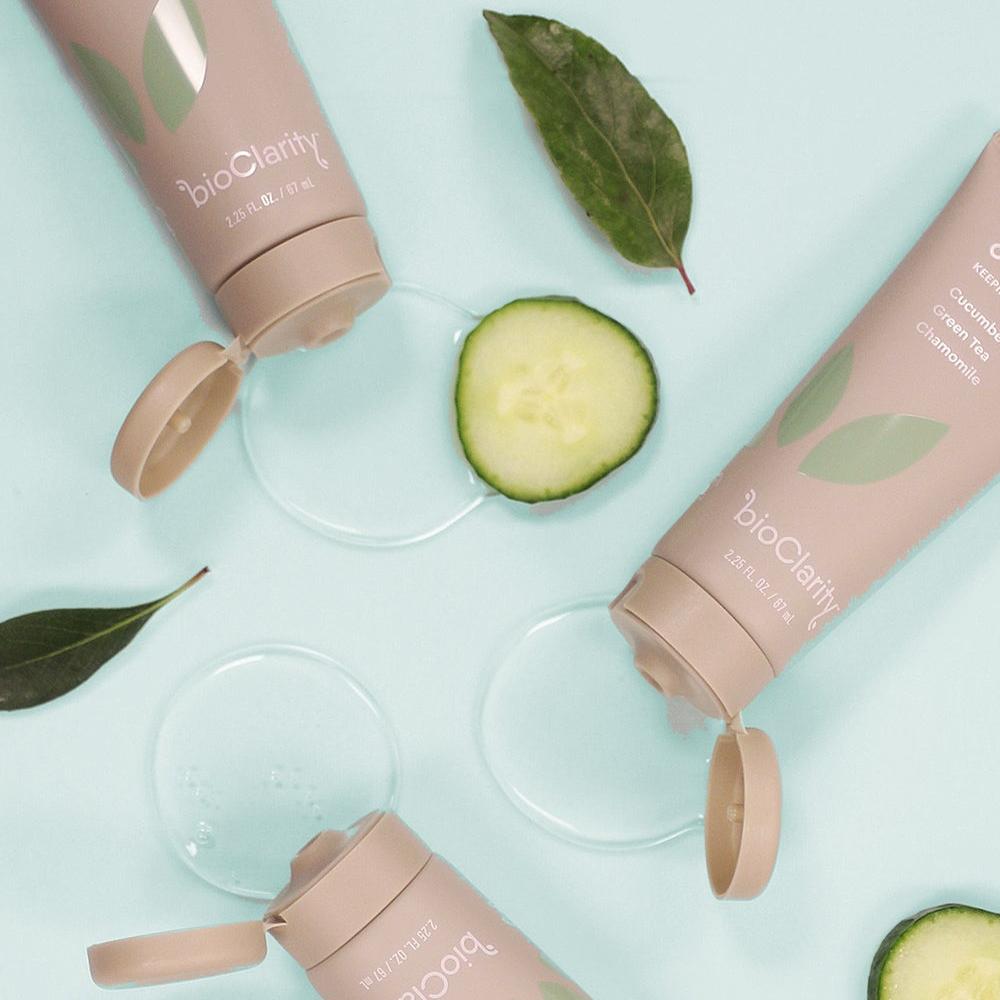




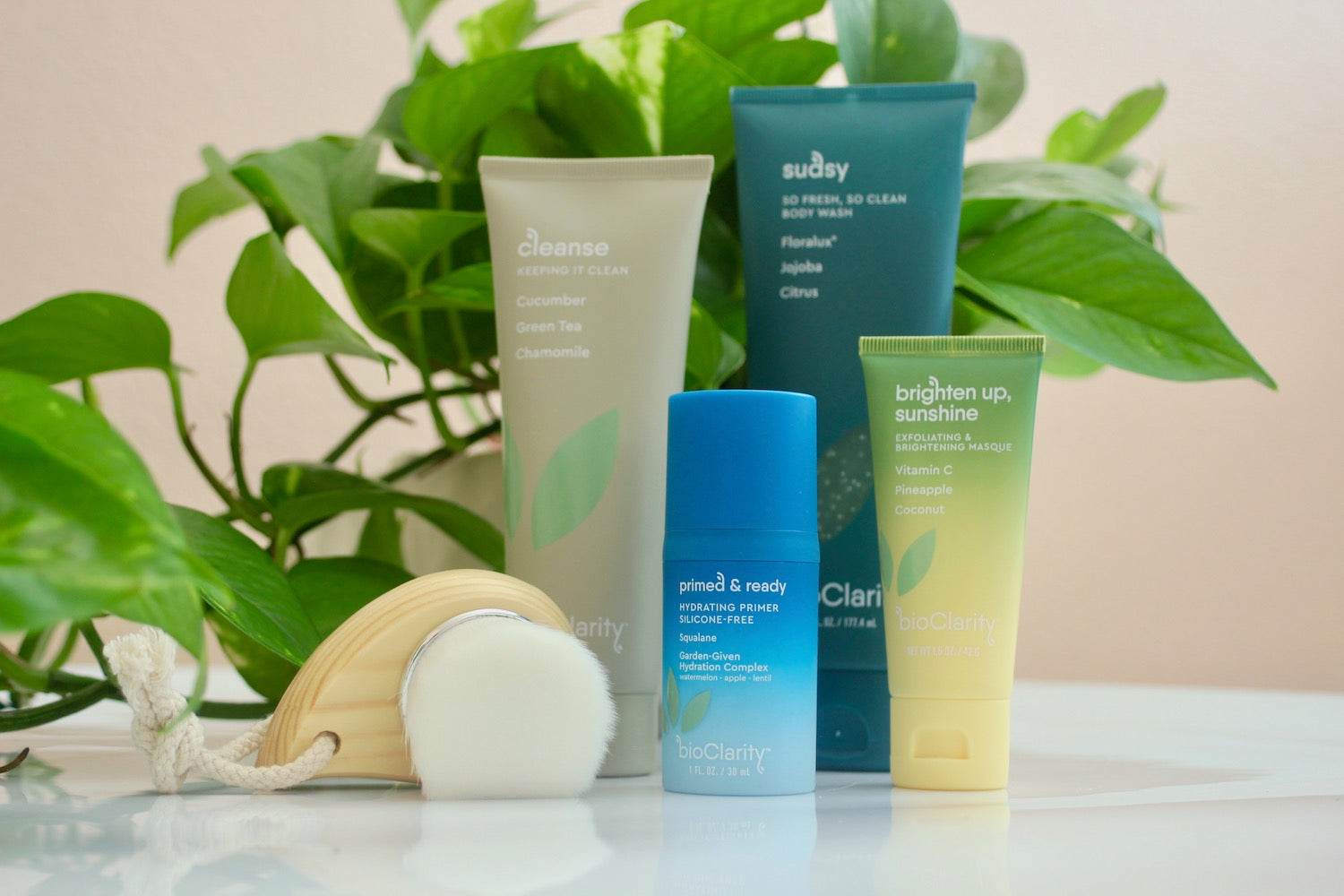
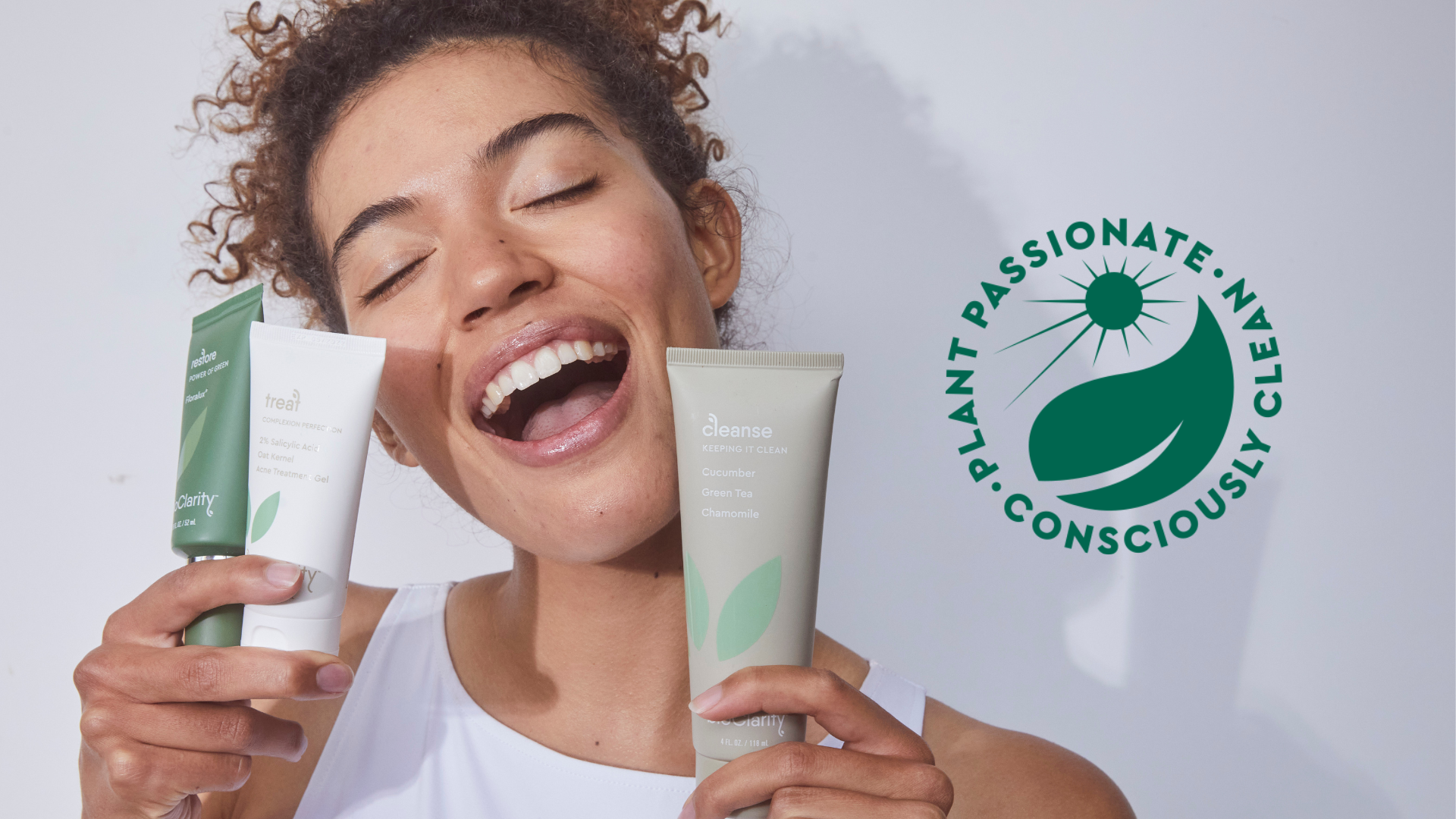
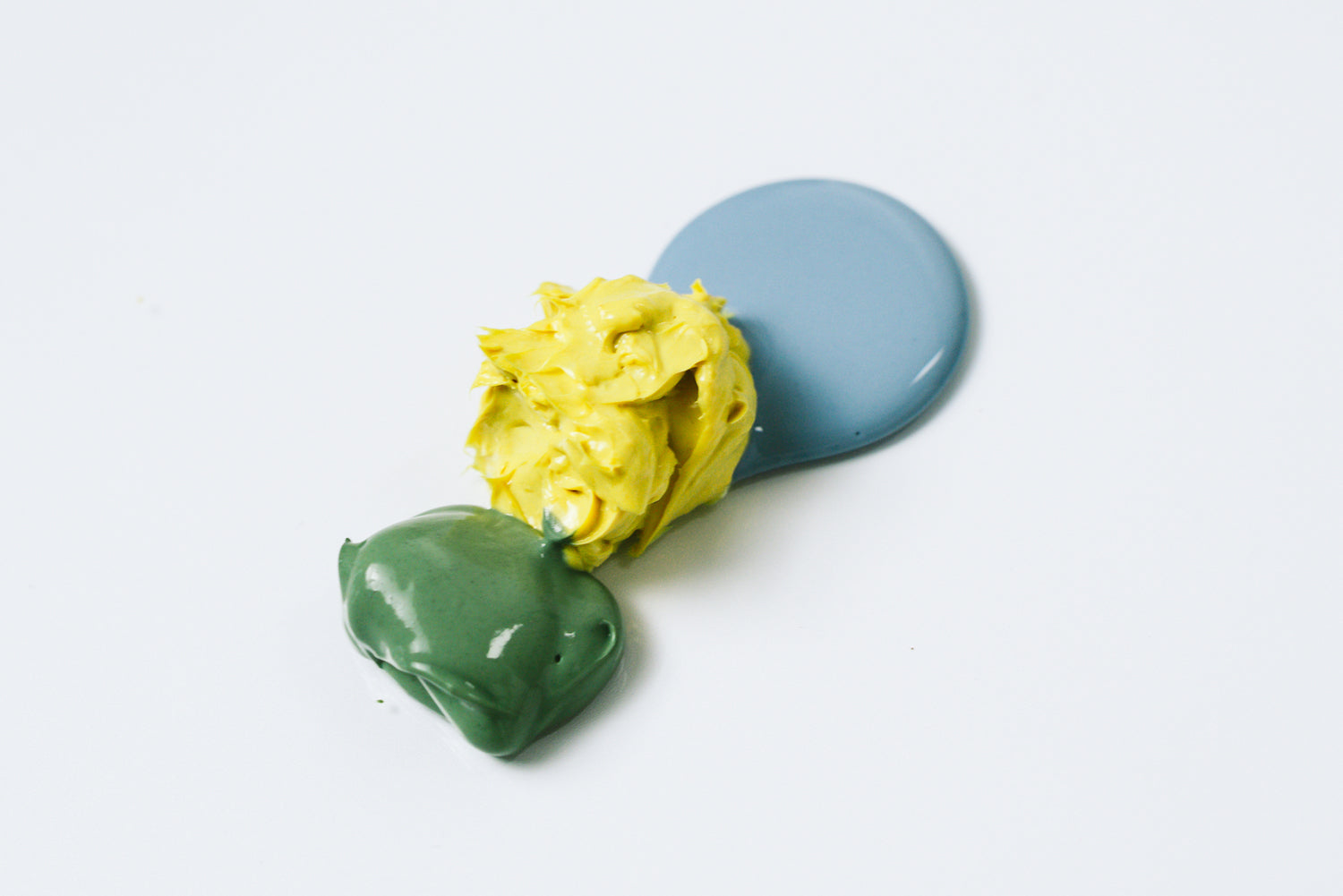
Comments